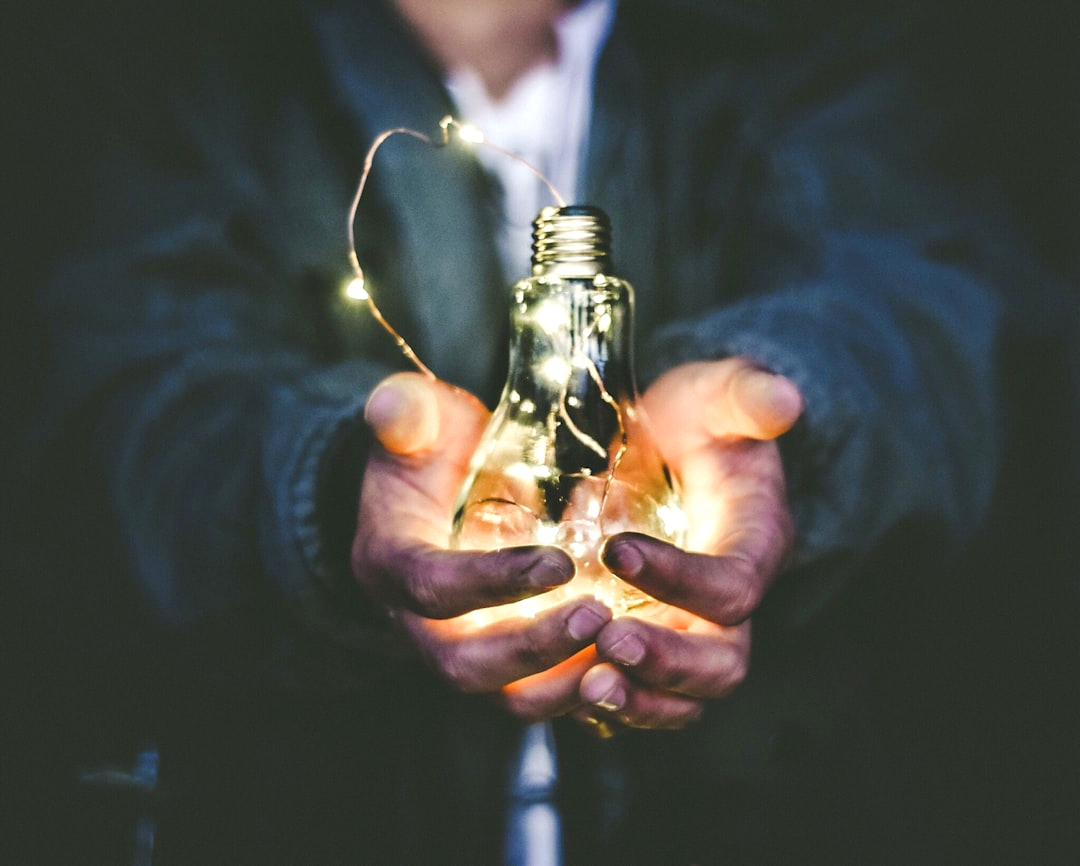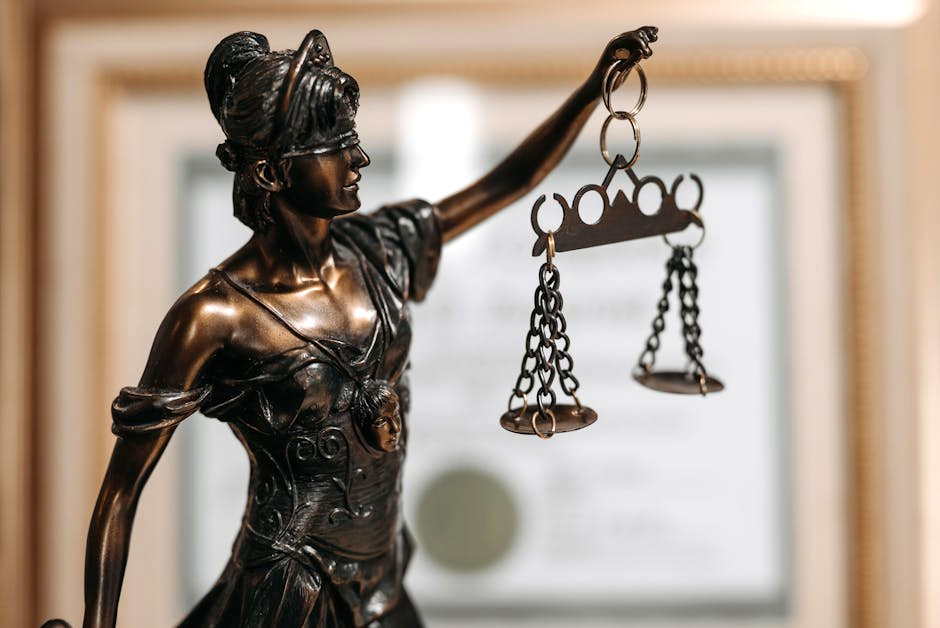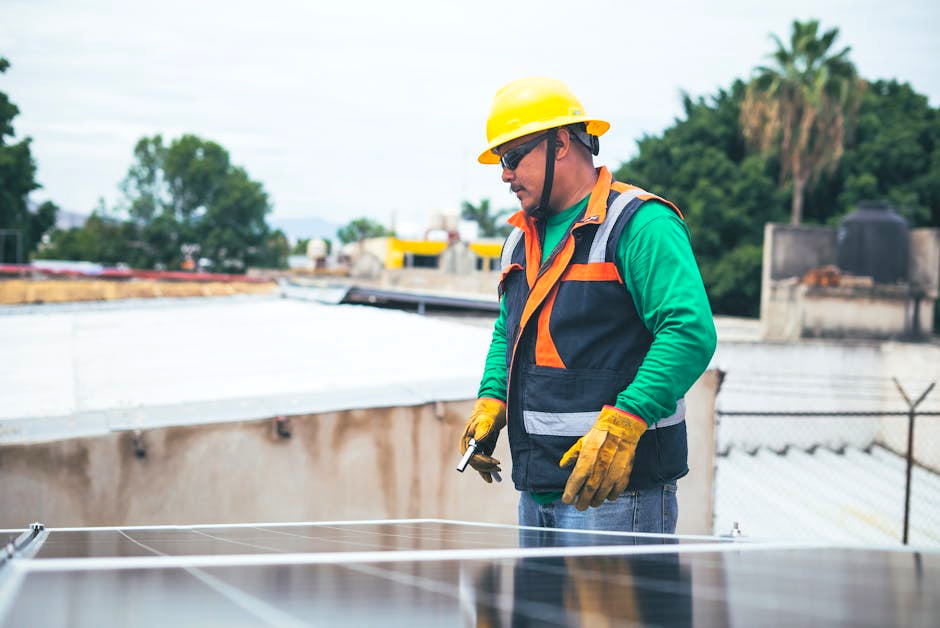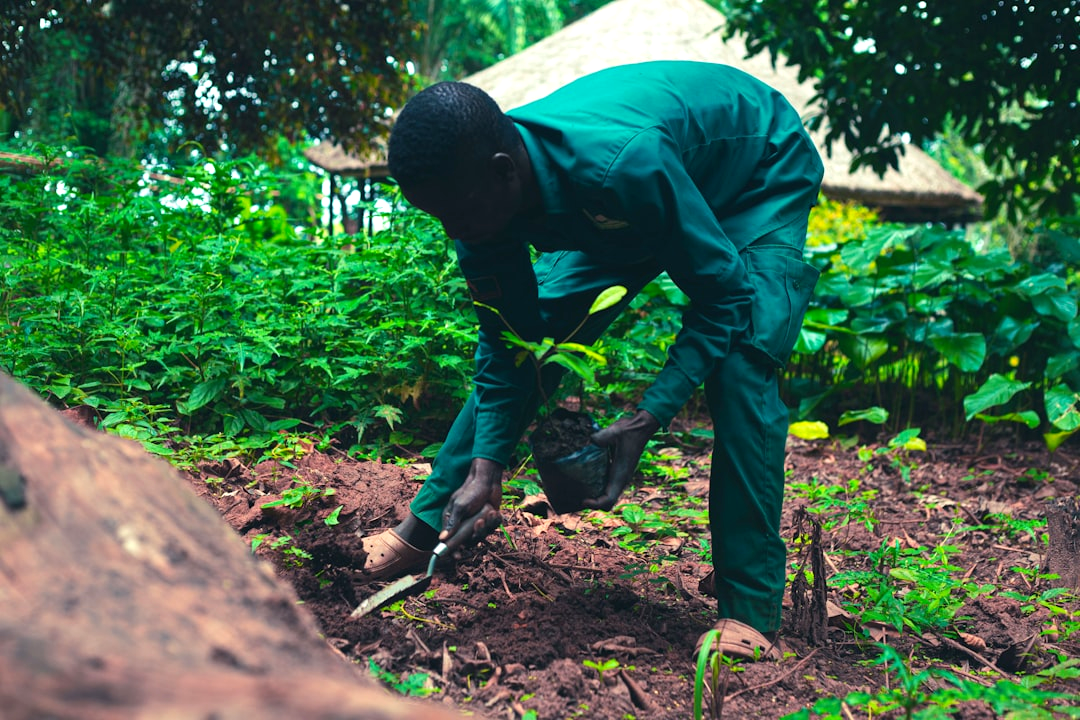Understanding the Renewable Transition
In recent years, the world has witnessed a seismic shift towards renewable energy, driven by the pressing need to combat climate change. With solar panels, wind turbines, and hydroelectric plants popping up worldwide, the renewable transition is in full swing.
This transition aims to reduce carbon emissions, thereby creating a cleaner and more sustainable future for the planet. However, while the environmental benefits are commendable, the journey to green energy is not without its complications.
Behind this seemingly green revolution lies a complex web of socioeconomic challenges that need addressing. As we journey through this shift, it's crucial to understand both the environmental gains and the human costs involved.
The Dark Side: Job Loss in Traditional Energy Sectors

While the renewable energy sector creates jobs, it also displaces them from traditional industries. Coal, oil, and natural gas sectors have long been the backbone of many economies, employing thousands.
As we move towards renewable energy, these traditional sectors face a downward spiral. Entire communities, especially in coal towns, are seeing their livelihoods stripped away.
For workers, this transition often means uncertainty and emotional distress. The closure of power plants translates into not just job loss but the end of a way of life for many.
Economic Ripples: Impact on Local Communities

The shift to green energy has profound implications beyond individual job loss. Local communities that thrived on traditional energy sectors face the threat of economic stagnation.
With power plants shutting down and mines ceasing operations, businesses that depended on these industries also falter. Schools and hospitals struggle as the tax base dwindles.
It’s a domino effect, where job loss triggers a cascade of economic challenges. These communities, once vibrant centers of industrial activity, risk becoming ghost towns unless new solutions are found.
Training and Transition: Bridging the Gap

One hopeful aspect in this dilemma is the opportunity for training and transitioning workers into the burgeoning renewable sectors. However, this is easier said than done.
Training programs must be comprehensive, adequately funded, and easily accessible. The challenge is not only in equipping workers with new skills but also in offering them jobs that match the security and benefits of their past roles.
For a worker new to the digital interfaces of wind turbines, the transition can seem daunting. Bridging this gap is essential for a smoother shift to renewable energy without leaving workers behind.
The Question of Fairness and Equity

The renewable transition must address the themes of fairness and equity. The green shift is largely driven by affluent nations, but the repercussions affect all.
Workers in less developed nations often face job displacement without the safety nets available in wealthier countries. There's a growing call for a just transition that provides these workers with fair compensation and opportunities.
It’s a moral and ethical challenge that demands worldwide attention if true sustainability is to be achieved.
Renewable Energy: A Beacon of Hope?

Despite challenges, the renewable sector presents opportunities for growth and innovation. Wind and solar industries are creating a vast number of jobs, from technicians to engineers.
The potential for job creation is immense, with estimates suggesting millions of new roles worldwide. But the trick lies in ensuring these jobs are accessible to displaced workers.
Can the green sector absorb workers swiftly and efficiently? The future remains uncertain, but with innovation, there’s hope that these opportunities could serve as a lifeline for those impacted by the shift.
Sustainable Solutions and Global Responsibility

A successful transition requires sustainable solutions that prioritize people and the planet. Governments and corporations must develop strategies that account for both environmental goals and human costs.
This involves investment in green infrastructure, incentives for energy companies, and robust social safety nets. It’s not just about generating renewable energy but ensuring that the benefits are shared equitably across society.
A collective responsibility exists to ensure this transition refines our approach without harming vulnerable communities.
The Human Story: Empathy and Future Planning

At its core, the shift to green energy is as much about people as it is about the planet. It's easy to get caught up in statistics and forecasts but remember behind every number is a human story.
Fathers, mothers, and children whose lives are impacted by shifting job markets. Planning for the future involves empathy, understanding, and action.
As we tread this path, the human element must remain at the forefront of all decisions. This transition is not only about harnessing wind and sun but ensuring that every individual affected can see a brighter tomorrow.
What do you think about this topic? Share your thoughts in the comments below — we'd love to hear from you! Want more stories like this? Follow us and never miss out!

